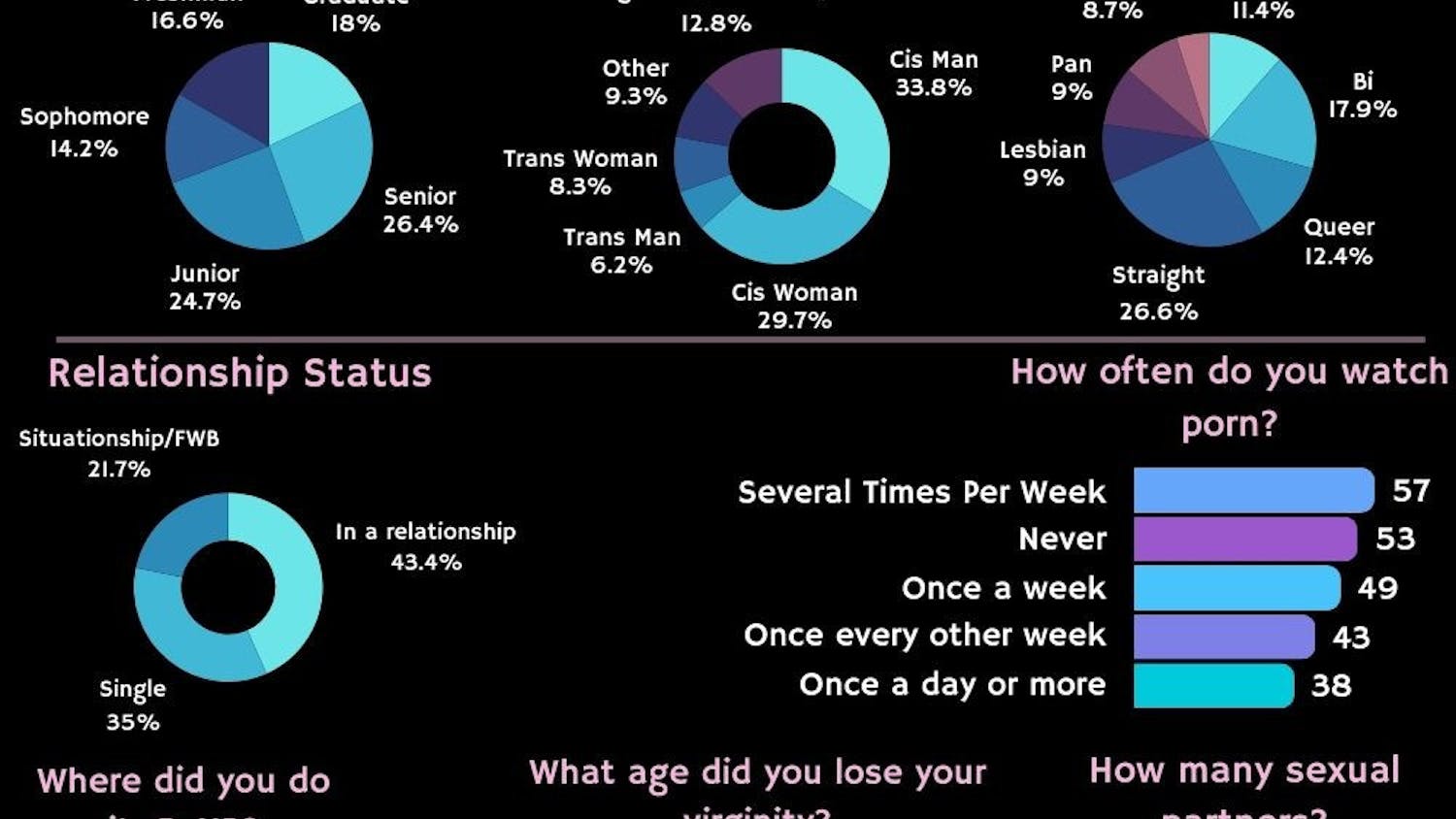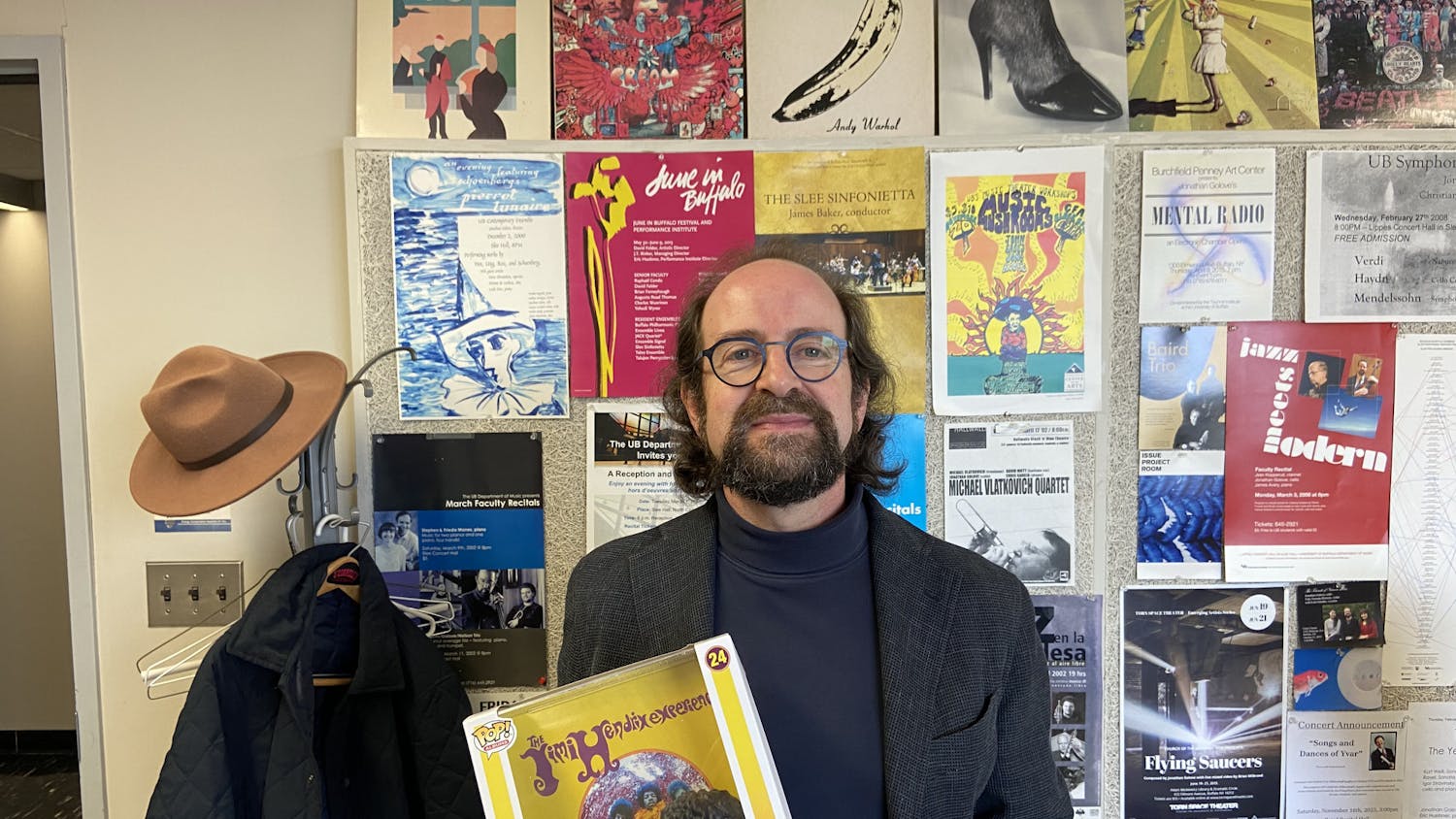The Student Association has access to roughly $4 million of UB student money. A large sum of that money is allocated for SA clubs to put on various events throughout the semester.
SA is made up of over 130 clubs. Its $4 million budget is collected through the mandatory student activity fee, which is $104.75 per semester for each UB student. Some clubs receive higher budgets than others based on need and how much money they raise, according to SA Vice President Megan Glander. SA clubs must attend budget hearings with SA Senate’s finance committee prior to receiving funds. SA clubs must also complete a number of requirements before receiving funds.
“There’s a bunch of different SA requirements,” Glander said. “One is you have to do two community service [events], two SA participation [events], two meetings, two events and you have to fundraise half of your starting budget that SA gives them to show that they can make the money back that we provide to them.”
SA needs a standard that sets all the clubs at the same playing field, according to Glander. She said these requirements are listed in the SUNY policy.
Both Black Student Union (BSU) and Society of Automotive Engineers (SAE) receive the highest SA club budgets of $35,000 each for the 2016-2017 school year.
BSU’s annual Black Explosion fashion show is a “huge revenue-generating event,” according to Dan Emmons, SA treasurer.
Glander said BSU’s club longevity is another reason for its big budget. BSU formed in 1967 and was recognized as a permanent club by SA in 1968.
“Obviously we don’t dramatically increase the budget for each club, it goes up slowly, but because [BSU] constantly meets requirements and set a great standard for SA, the revenue that we do give them goes up.”
SAE’s big budget is disbursed because of the club’s twofold nature, according to Glander. The club has both a snowmobile team and a rally-car racing division.
Men’s Crew, an SA rowing club, currently has a budget of $20,550 for the 2016-2017 school year.
SA club coordinators seeking a raise in their budgets can fill out a form requesting money and show that it has met all of the necessary requirements in the spring semester, Glander said.
Most clubs received rollovers this semester, according to Emmons.
A rollover is a club’s remaining fundraised money at the end of an academic year, according to SA’s club handbook. Emmons said SA is currently going through appeals for clubs who did not receive rollovers.
“If you didn’t get rollover, whether it’d be a discrepancy in our revenue tracking or a coordinator’s track sheets, they can appeal that and then we’ll have a meeting, sit down go through past logs to see what happens and if something got messed up along the way they will actually get their rollover back,” Emmons said.
Temporary SA clubs are not assigned a budget and instead must complete two fundraising events, according to Glander and Emmons. The amount of money each temporary club raises through fundraising is not counted, therefore “it’s just the effort that counts,” Emmons said.
Each temporary club has a “co-sponsorship line” of a couple thousand dollars, according to Glander. Once the temporary club becomes recognized, the budget is disbursed at the discretion of the SA Senate.
Some SA clubs have bigger budgets than others according to individual needs. Mock Trial is one of the clubs that doesn’t need as much money and therefore would not ask for additional funding.
Every SA club has an account line set up to track their budget and expenses. Each club logs into SAFE, SA’s finance software to access funds, according to Emmons.
Emmons said SA’s system of checks and balances helps to monitor how clubs are using their money.
Each club must place a request into SAFE before funds are disbursed. SA’s professional staff and finance department then review the request. Emmons and Student Life then look at this request to approve or disapprove it. SA’s accounting company then issues a purchase order to place the funds in each clubs’ account. SA president Matt Rivera or Glander are the final people to sign off on the requisition.
“So when it comes down to it, there’s nine steps for people to request funds so it’s very hard for something to slip through the cracks,” Emmons said. “It hasn’t happened too much in the past.”
Stephen Hagenbuch, head bookkeeper for SA, assists the finance department in making sure each club’s budget goes exclusively toward the club. He said he usually asks the clubs questions to determine if there are any mishandlings with the budget.
A club will be derecognized if money is being extremely misused, according to Hagenbuch.
Dillon Smith, SA Senate chair, said an important aspect of his job is making sure each SA club’s budget is distributed fairly.
When UB Libertarians attempted to bring controversial speaker Milo Yiannopoulos to campus last semester, Smith said it was crucial for him to remind Senate members to not allow their personal beliefs to interfere with distributing money to the club.
“I had to remind all the senators to be fair when giving money to a club to do things – even if the purpose of the event isn’t in line with our political, ethical or religious views,” Smith said. “We want to be fair.”
Some SA senators abstained from that budget meeting, according to Smith.
Students who need additional funding for their clubs can petition before the SA Senate. Glander said there are a lot of opportunities for clubs that don’t budget efficiently to receive additional grants.
Ashley Inkumsah is the co-senior news editor and can be reached at ashley.inkumsah@ubspectrum.com. Follow her on Twitter at @AshleyInkumsah.





